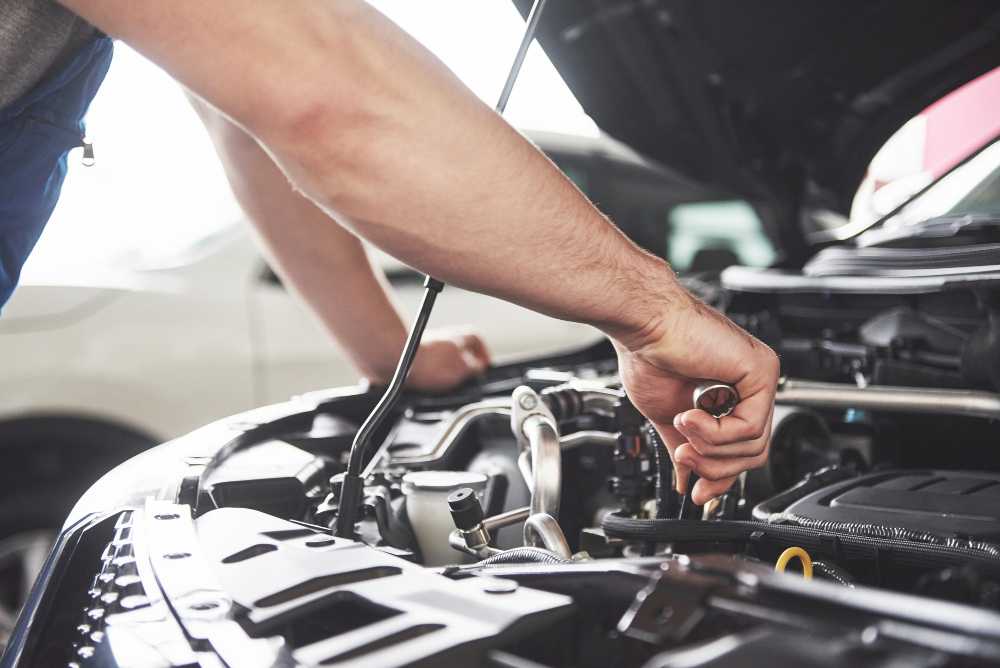
When winter mornings hit single digits, many drivers notice their older cars hesitate before roaring to life. Age makes engines less forgiving in cold weather yet a few simple habits can ease the strain. Understanding what happens under the hood when temperatures drop helps you protect your ride and avoid costly repairs.
Engine oil acts like the blood of your car. Cold air thickens oil, which blocks its quick flow through narrow passages. New engines have tight seals, so they maintain pressure even with thicker oil. Older motors often have worn bearings and seals that require rapid lubrication to prevent metal-to-metal scraping. Using the correct winter-grade oil allows smoother flow right after ignition.
A battery produces power through chemical reactions that slow in low temperatures. An older battery loses capacity each year, so cold weather can drop its output below the level needed for a healthy crank. Less power makes the starter turn more slowly, which forces the engine to work harder against thicker oil for a longer period. Testing the battery each fall confirms whether it can still deliver strong cold cranking amps.
Gasoline must vaporize before it burns. Cold air keeps fuel in liquid form, which leads to a lean mixture and misfires. Older engines with worn injectors or carburetors already struggle to atomize the fuel. Adding a high-quality fuel system cleaner and replacing clogged filters improves the spray pattern and ignites combustion more quickly.
Every shutdown leaves a bit of moisture inside the exhaust manifold and crankcase. In freezing conditions, water turns to ice crystals that melt only once the engine warms up. Repeated short trips never allow internal parts to reach full operating temperature, so moisture lingers and promotes rust. A weekly twenty-minute highway drive allows heat to evaporate trapped water, preserving metal surfaces.
Rubber loses flexibility in the cold. Older serpentine belts and coolant hoses develop small cracks over time then snap or leak when temperature swings stretch brittle material. Inspect belts for glazing and check hoses for soft spots each service visit. Replacing aging rubber before winter prevents sudden failures during cold starts.
Cold starts tax older engines through thick oil, slow batteries, lean fuel mixes moisture buildup and brittle rubber parts. A winter-ready maintenance routine keeps each system in top shape and ensures your car fires up even on the chilliest mornings. Need expert help to prepare your vehicle for the season? Contact our team today. We will perform a comprehensive cold-weather inspection, replace the necessary fluids and test critical components, so you can start every day with confidence.